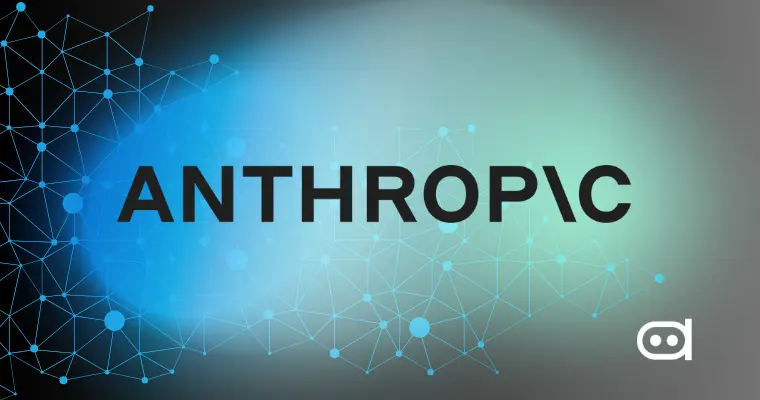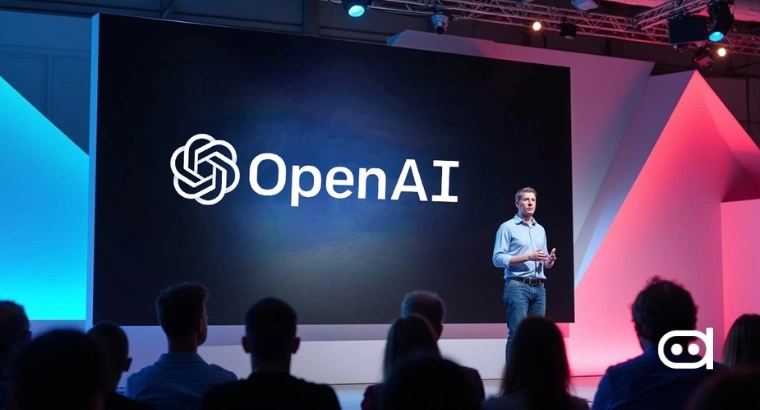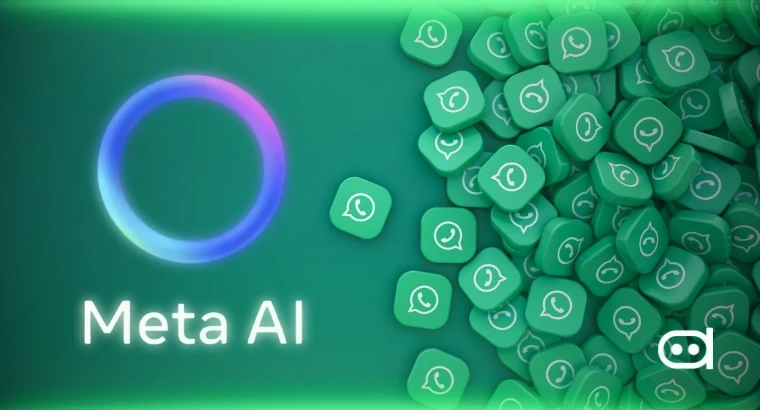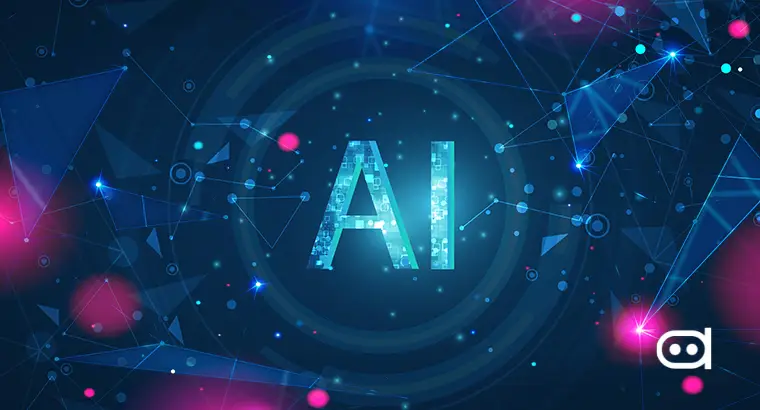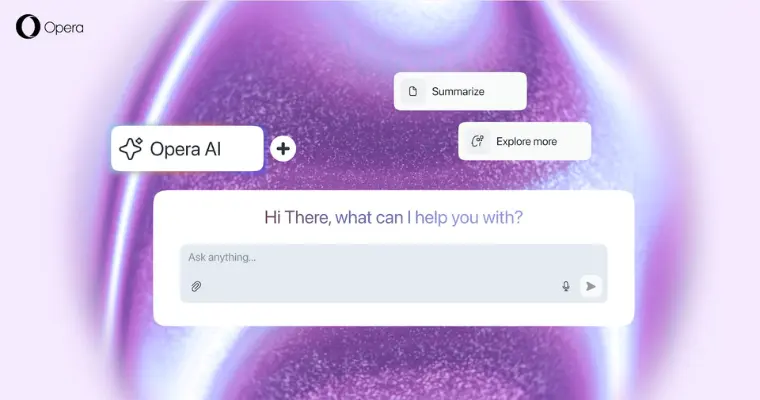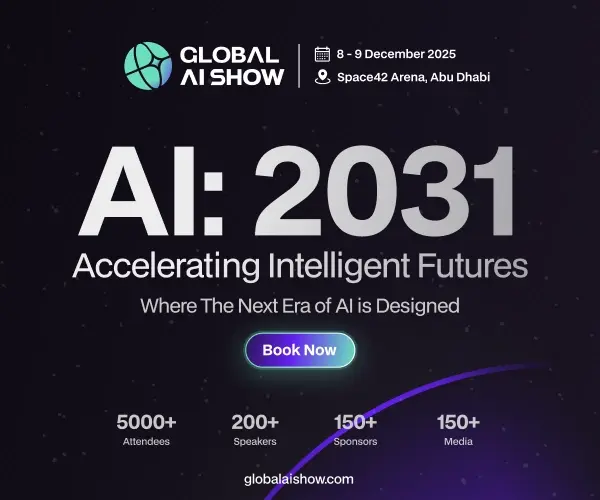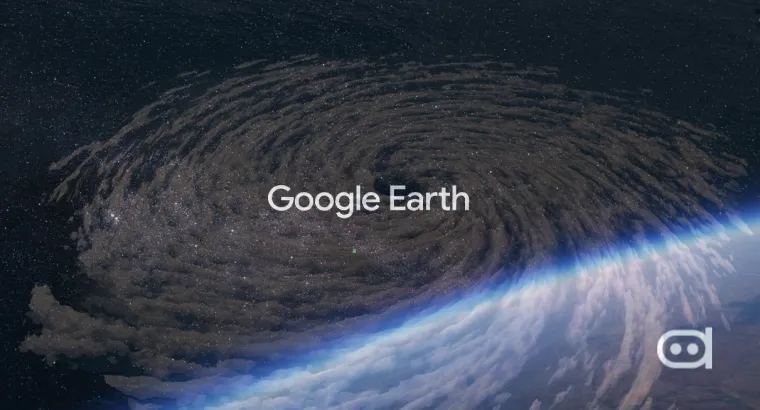
Key Highlights:
- Google’s new models in Earth AI can analyse patterns of natural calamities from the past to predict upcoming occurences.
- Entities like Airbus and World Health Organization are also using it to study vegetation and health-related risk factors.
- The system uses Gemini AI’s advanced LLMs for reasoning and higher accuracy in simulations.
Google Earth AI was recently introduced which integrated Gemini AI in the Earth portal. It allowed users use the portal more interatively by asking questions in a conversational format. The company has now upraded the concept by introducing geospatial reasoning which can now predict natural calamities like cyclones, hurricanes, and other disasters. The feature is currently being tested in the United States as an experiment.
Geospatial Reasoning in Google Earth AI
Google has developed advanced geospatial reasoning models using publically available data for better urban planning and disaster management. It analyses the pattern of all recorded incidents to predict the next wave of a specific disaster. For example, a certain model is trained on the movement of clouds and sea waves, which helps to determine when conditions of a cyclone or hurricane start to develop. The concept is similar to what meteorological departments use, but a lower scale for the general public.
This feature can also be used for evacuation plans. Using Google Earth AI, you can ask questions like “Which areas of New York will get affected the most if a cyclone happens?”. The model will use information like population density of the city, average traffic movement, number of roads and transport models available, and accurately highlight high-risk regions on the map based on your query.
Google Earth AI uses information from public, government, and other reputed third-party sources to build a close-to-accurate representation of a city. It tries to simulate the query which you enter as a prompt to generate a realistic response. It also uses advanced models of Gemini AI for reasoning, as context becomes an important factor in such applications.
How to use Google Earth AI
Google Earth AI is only available in the United States to a select set of users. The basic tier comes with Gemini AI integration in Earth. However, you need to be a Trusted Tester to access geospatial reasoning. Interested people can sign up to get early access to Google Earth AI Research Capabilities. If your profile gets shortlisted, then you will get access to geospatial reasoning.
This move prevents the misuse of Google Earth AI, as geospatial features can be exploited in bad faith. The global availability of this feature also depends on the local laws of the country, as some nations have restrictions on using latest satellite imagery and population density maps for national security reasons.
Also Read: Google Announces First AI Hub in India Worth $15 Billion
Companies Using Google Earth AI
Google has already partnered with leading global organizations to use its Earth AI models for human safety. Some popular examples include the World Health Organization Regional Office for Africa (WHO AFRO) which is using Google’s population and environment models to analyse cholera outbreaks in regions like the Democratic Republic of Congo.
French aircraft maker Airbus is also using this technology to analyse areas where vegetation is encroaching on power lines, to prevent power outages. Some companies are already using Google Earth AI to predict hurricanes and help people plan situations accordingly. Google is also constantly upgrading its Earth AI models for better accuracy. However, the company has not disclosed any timeline for the public access and global availability of geospatial reasoning.

